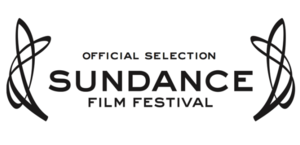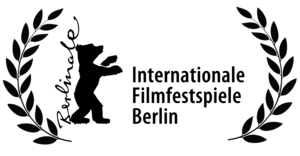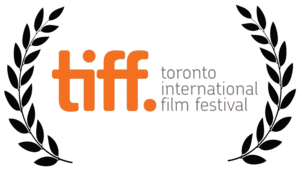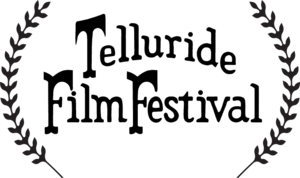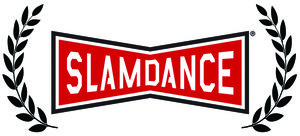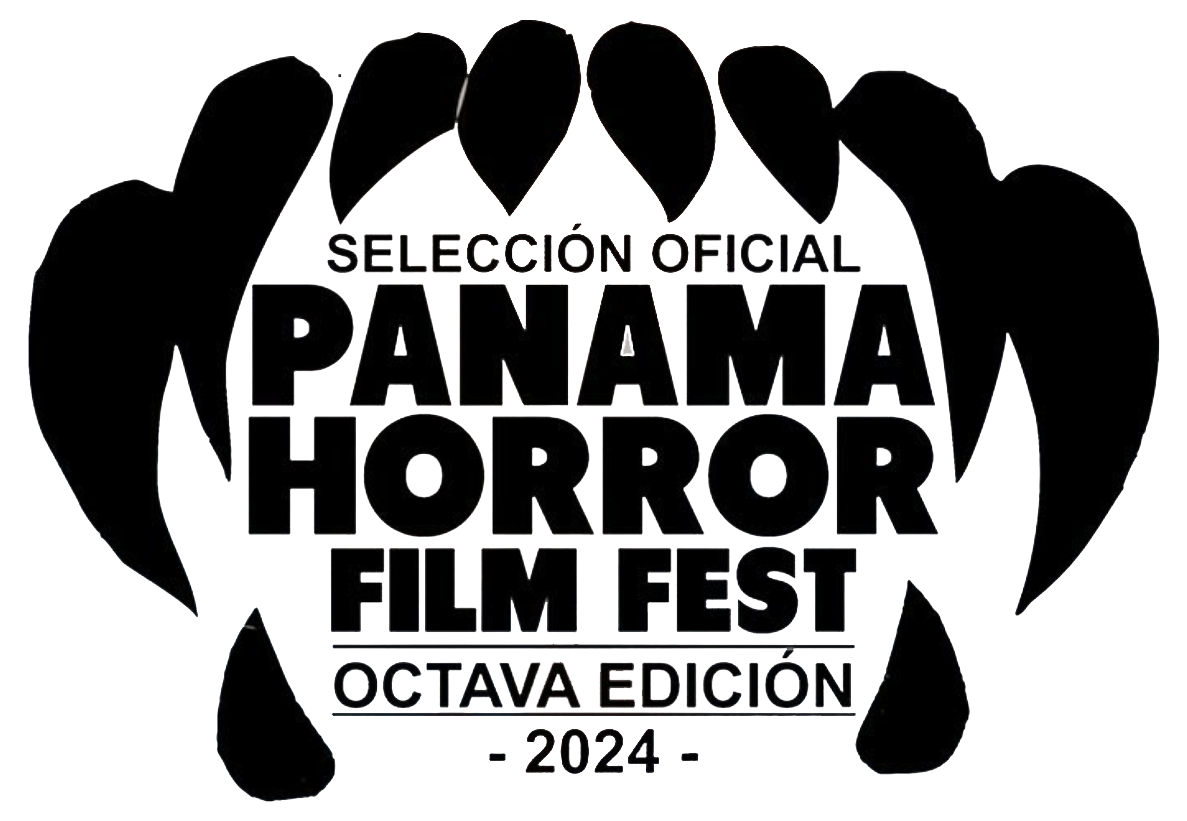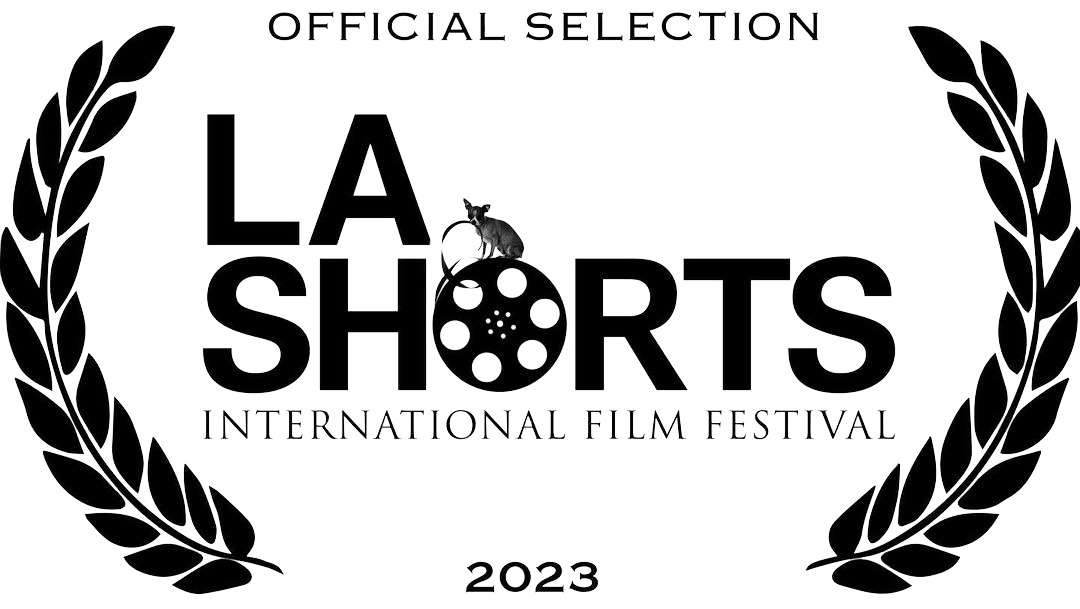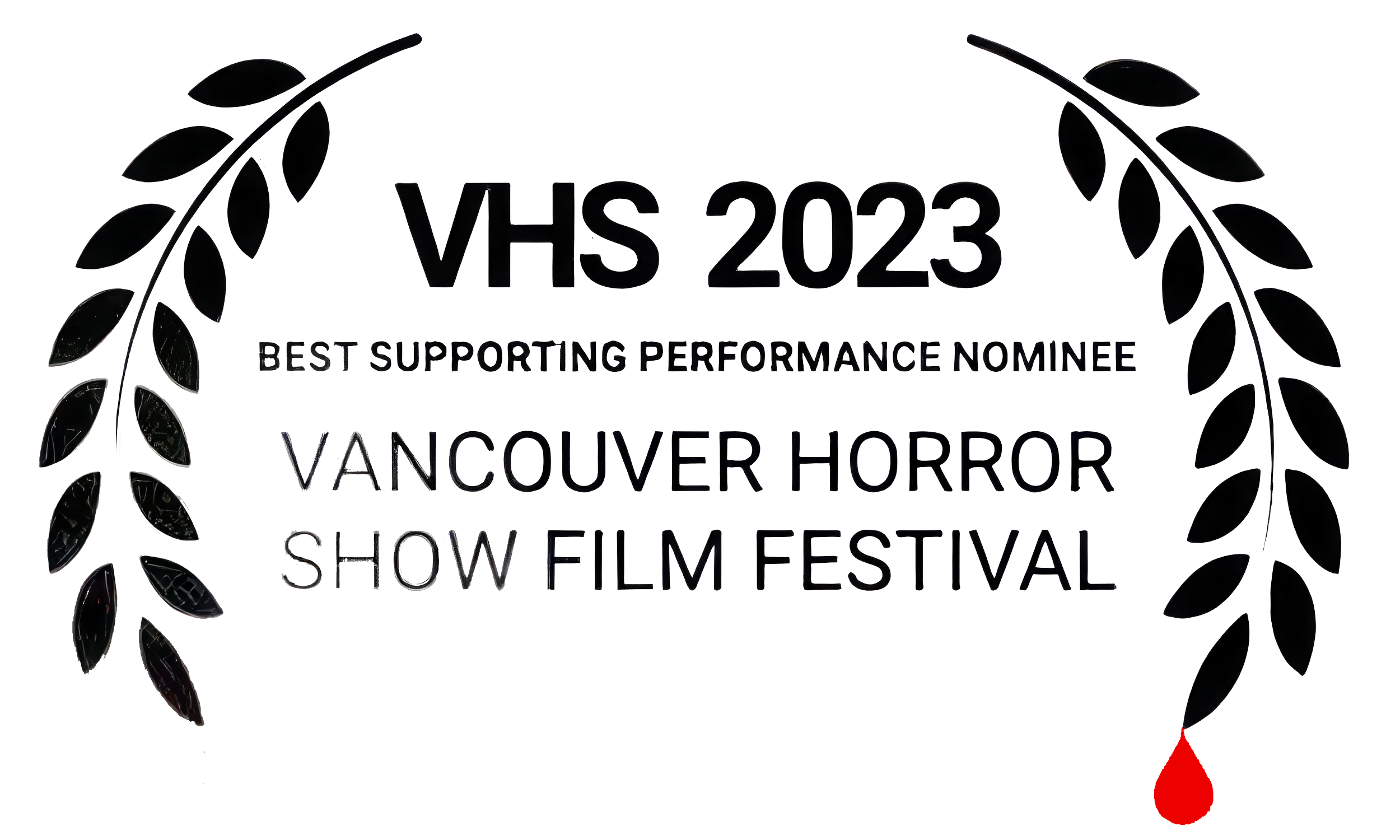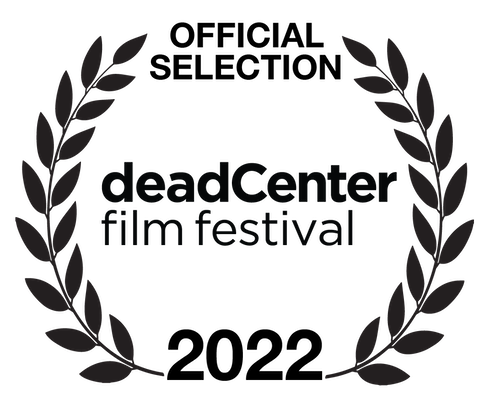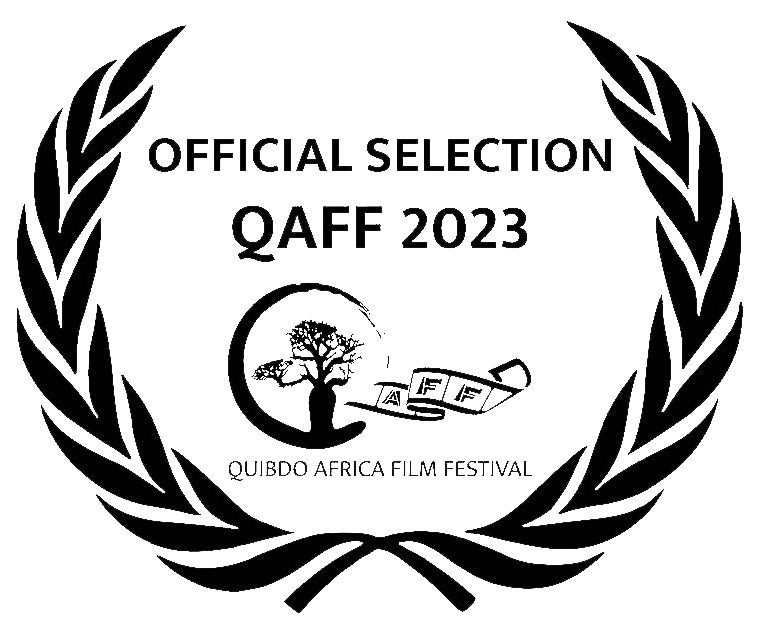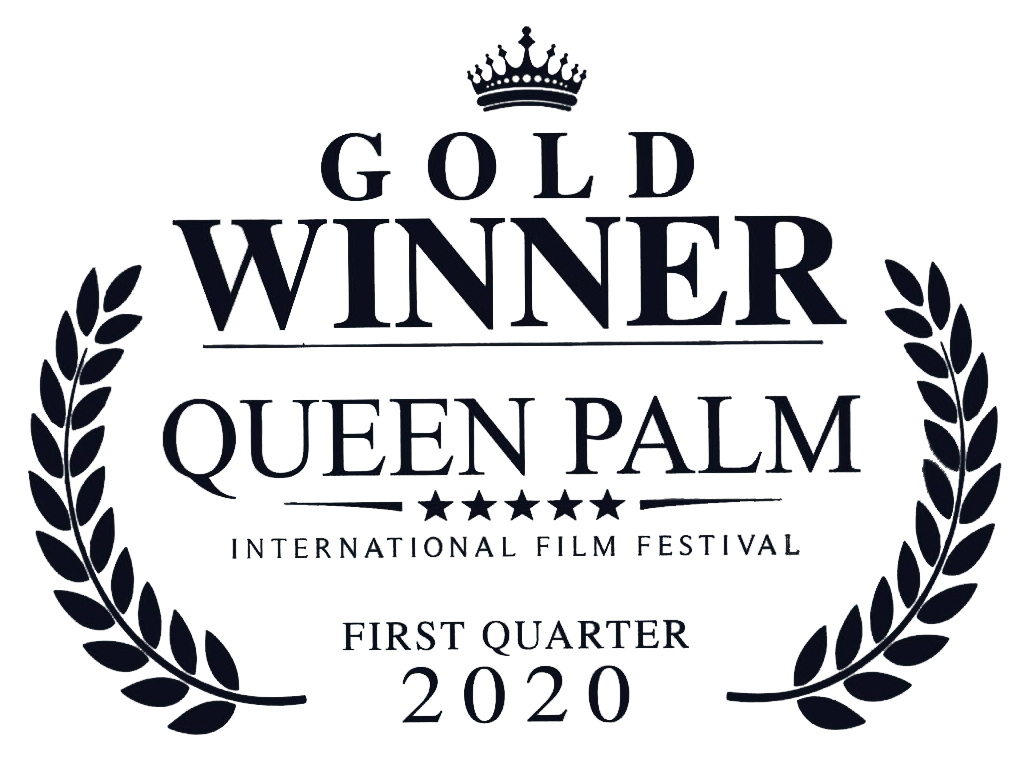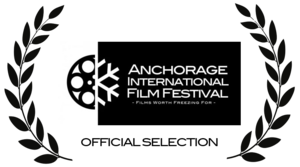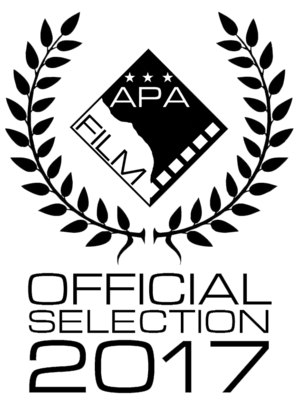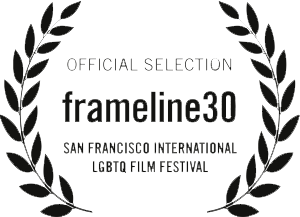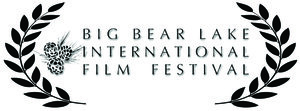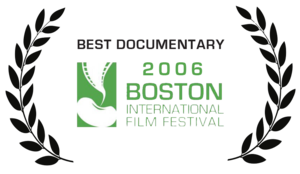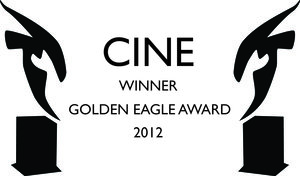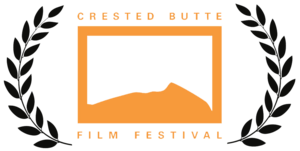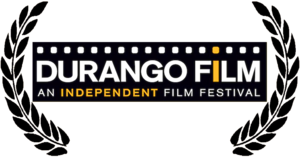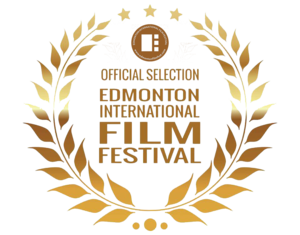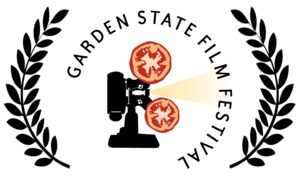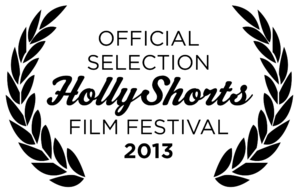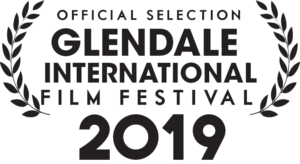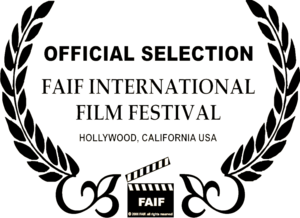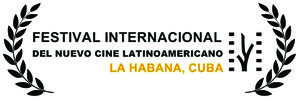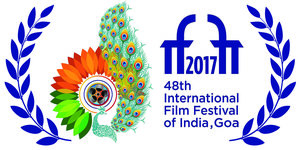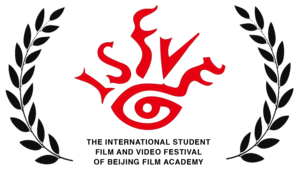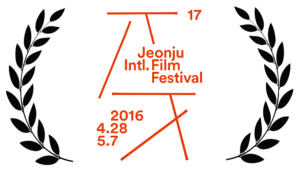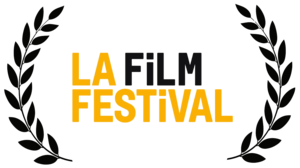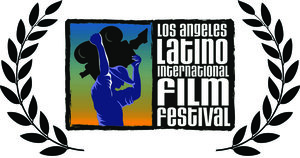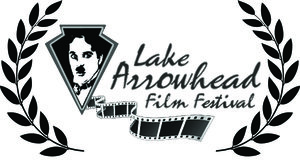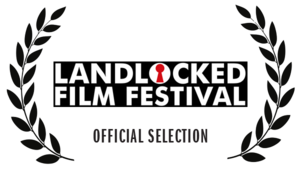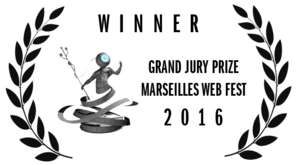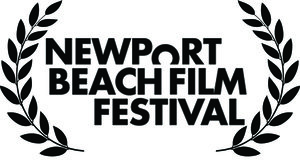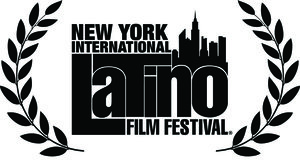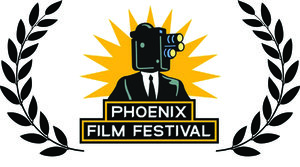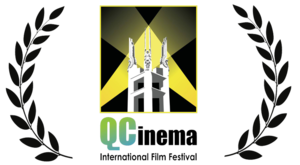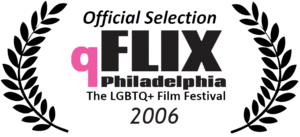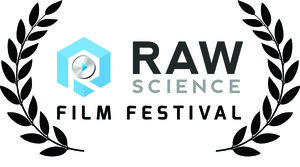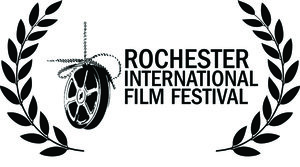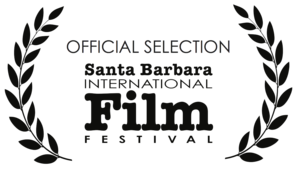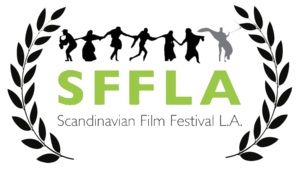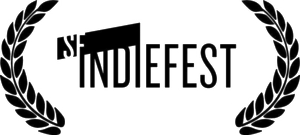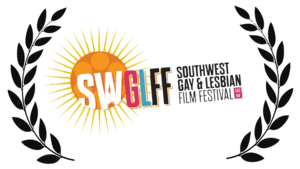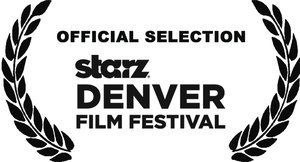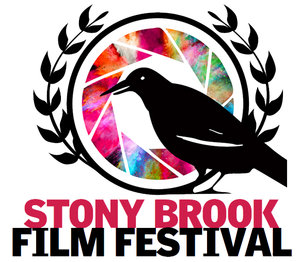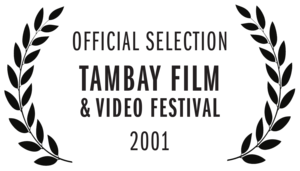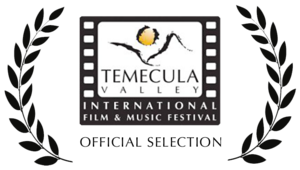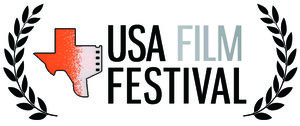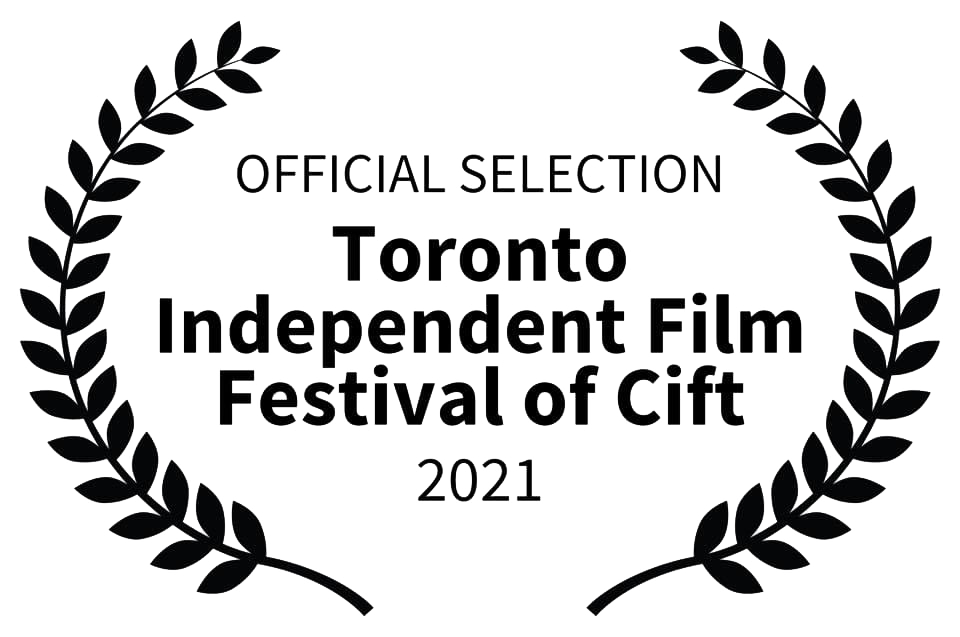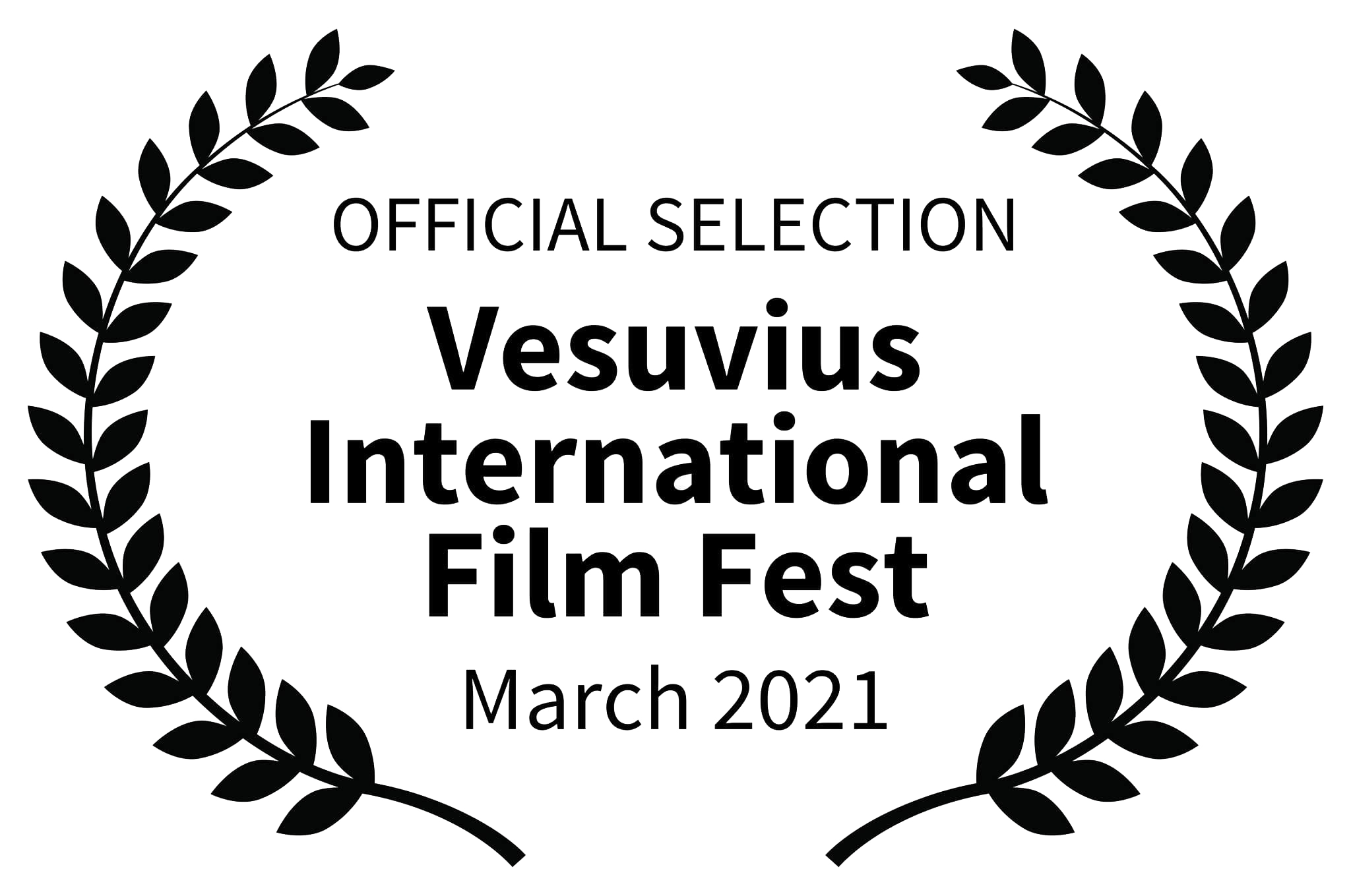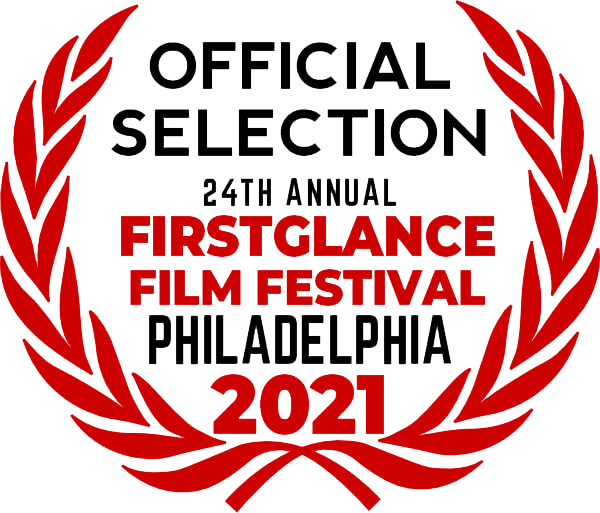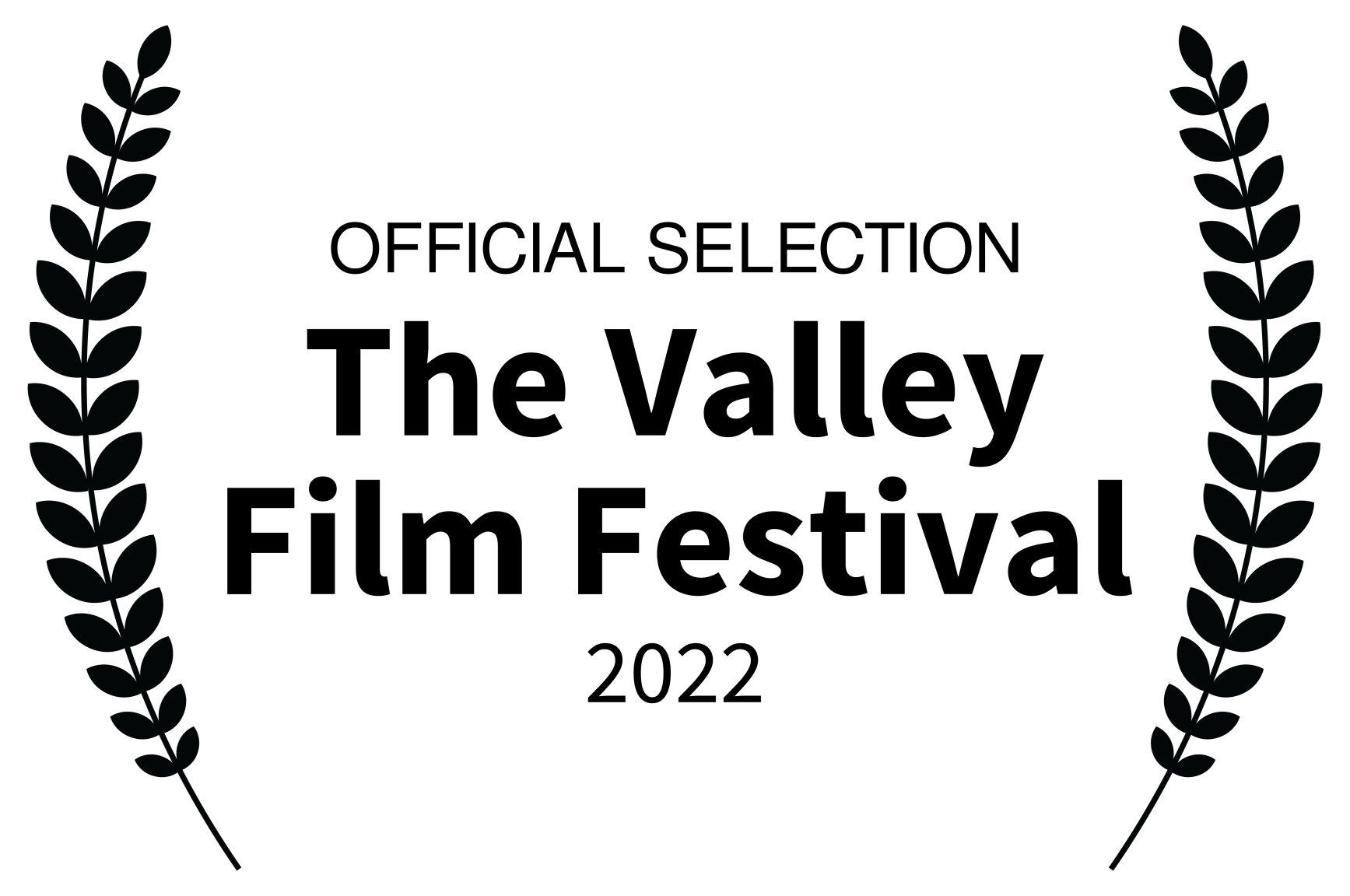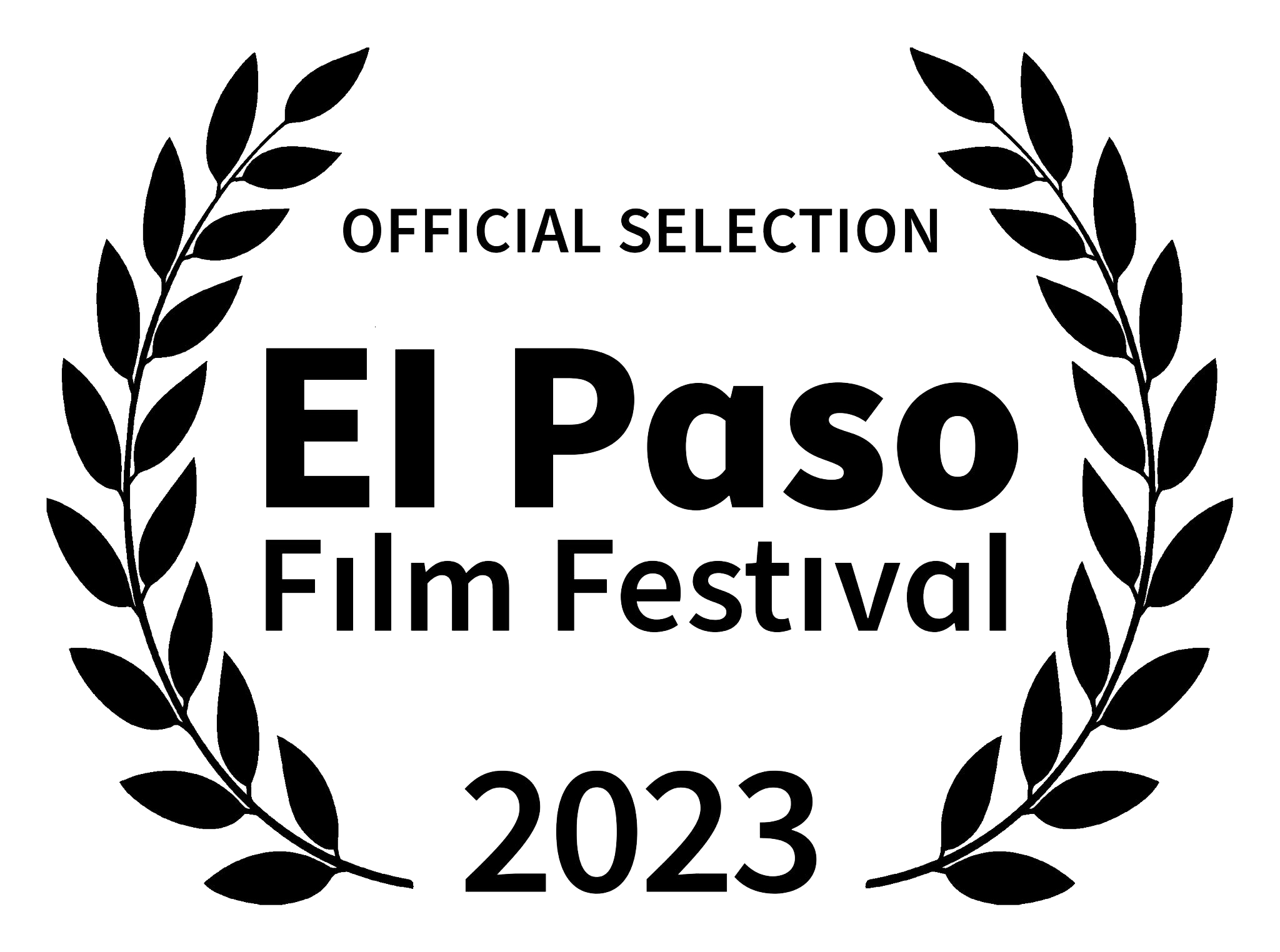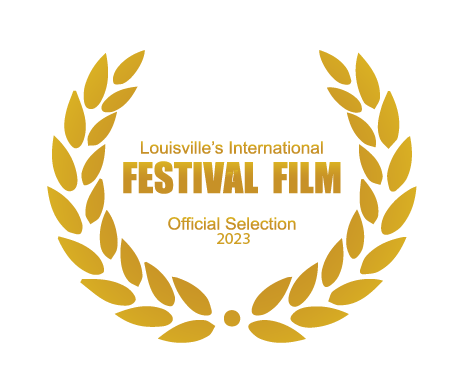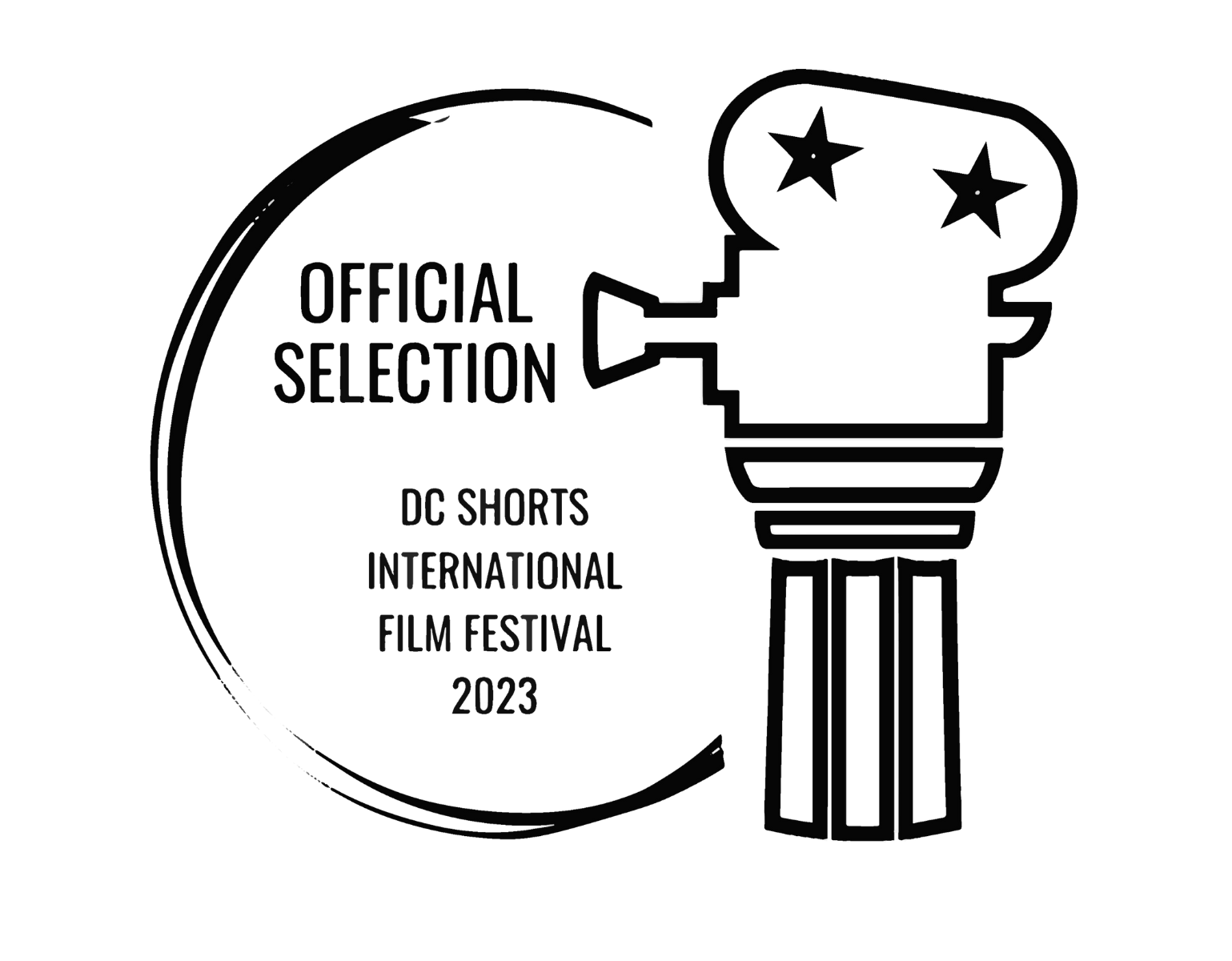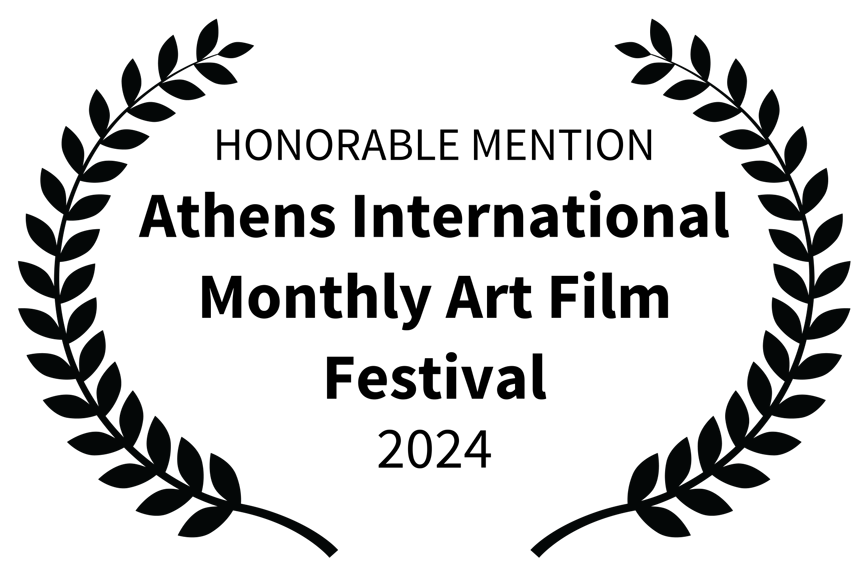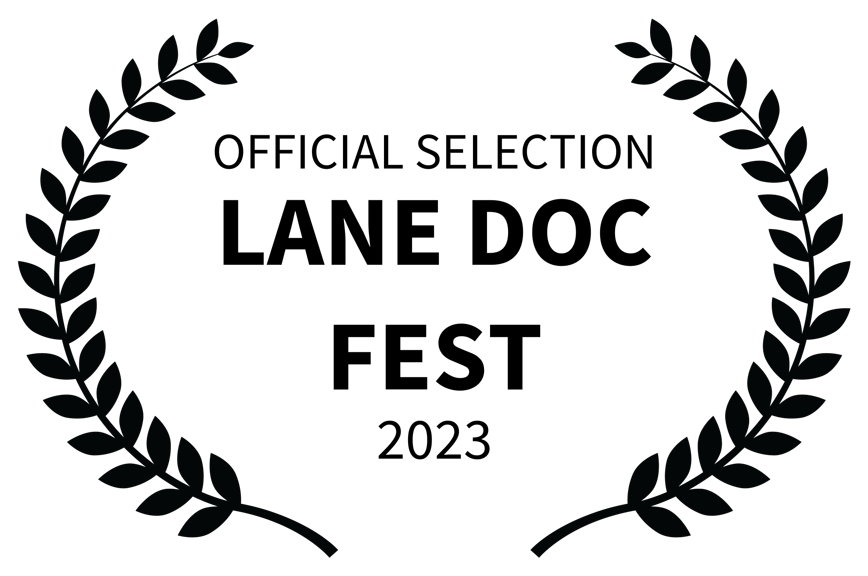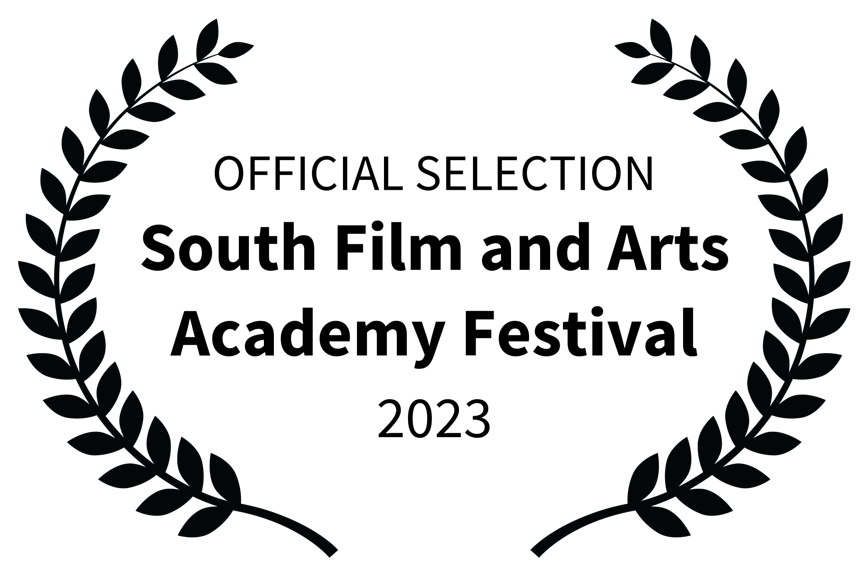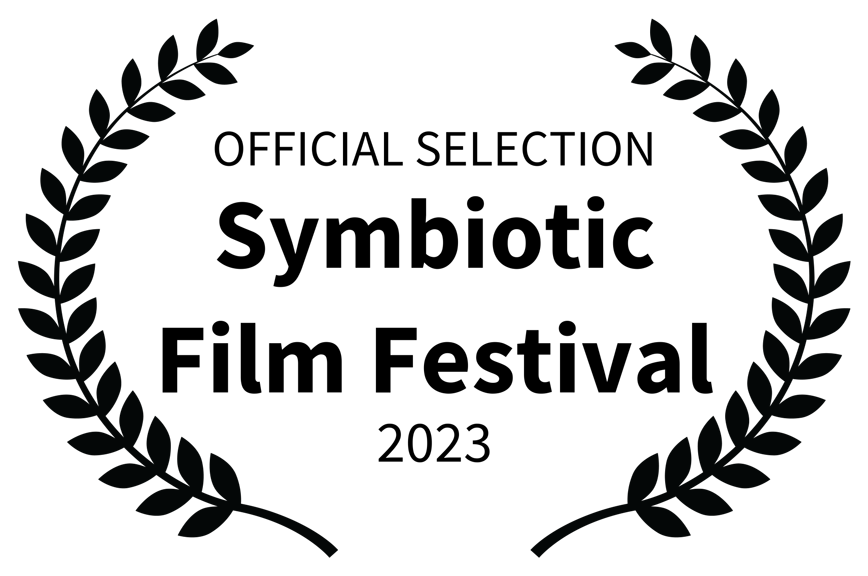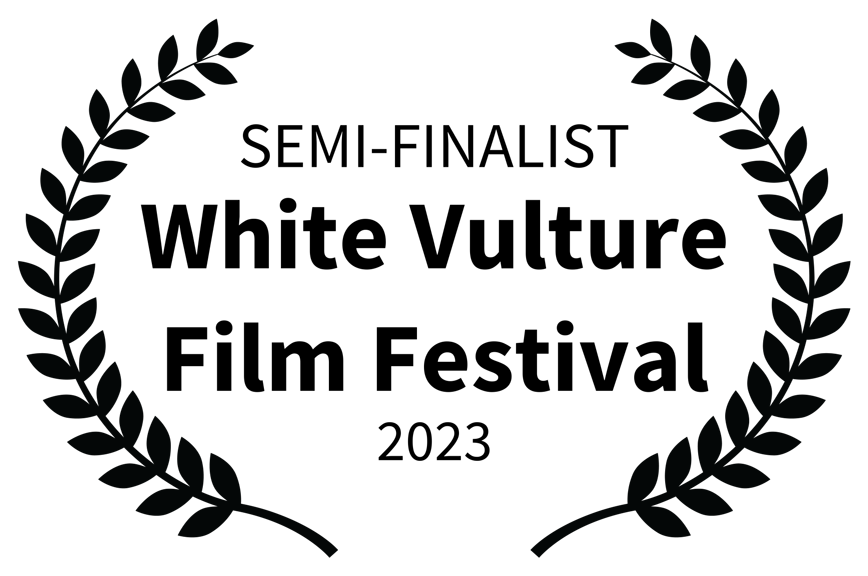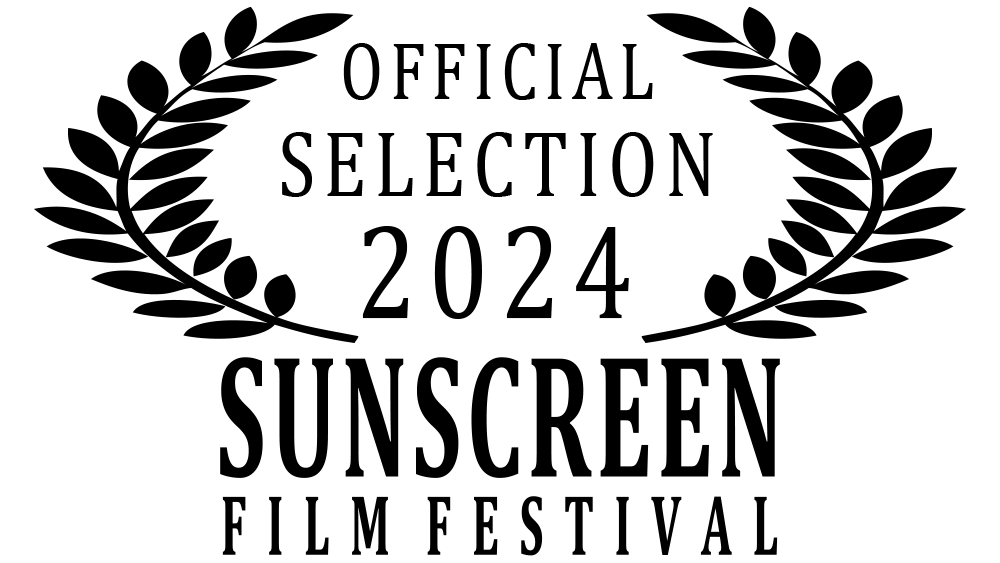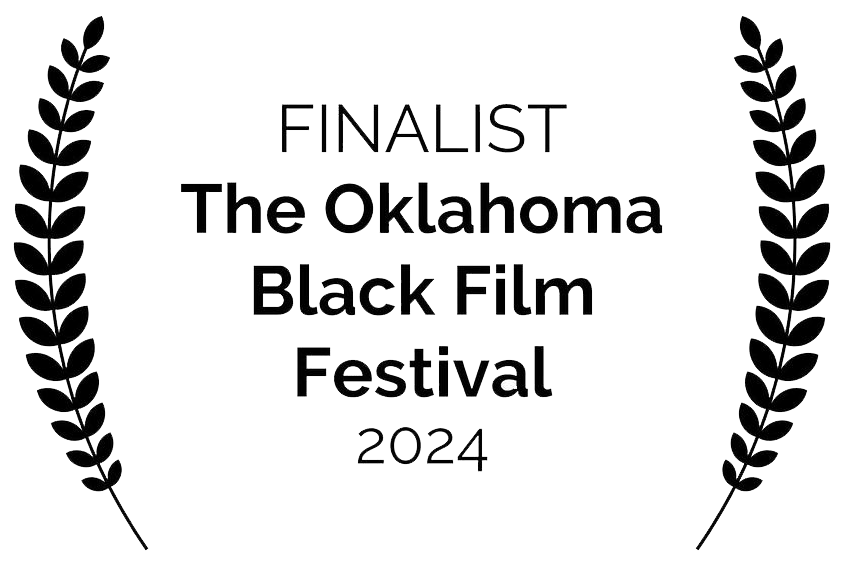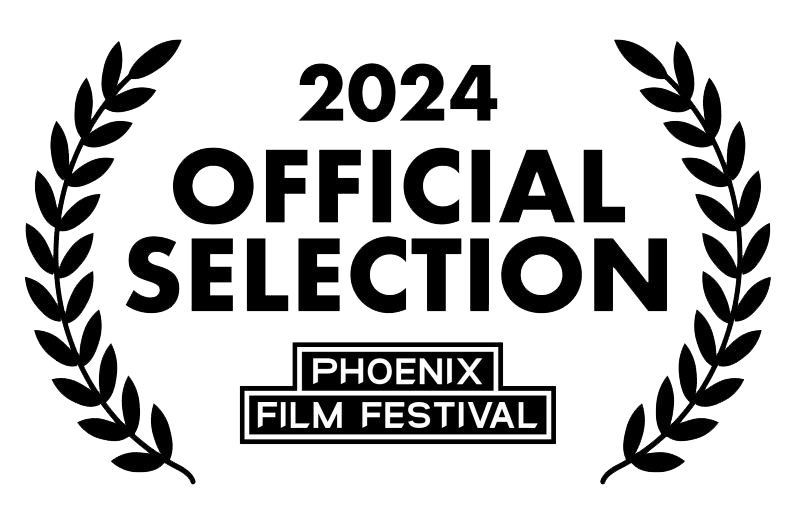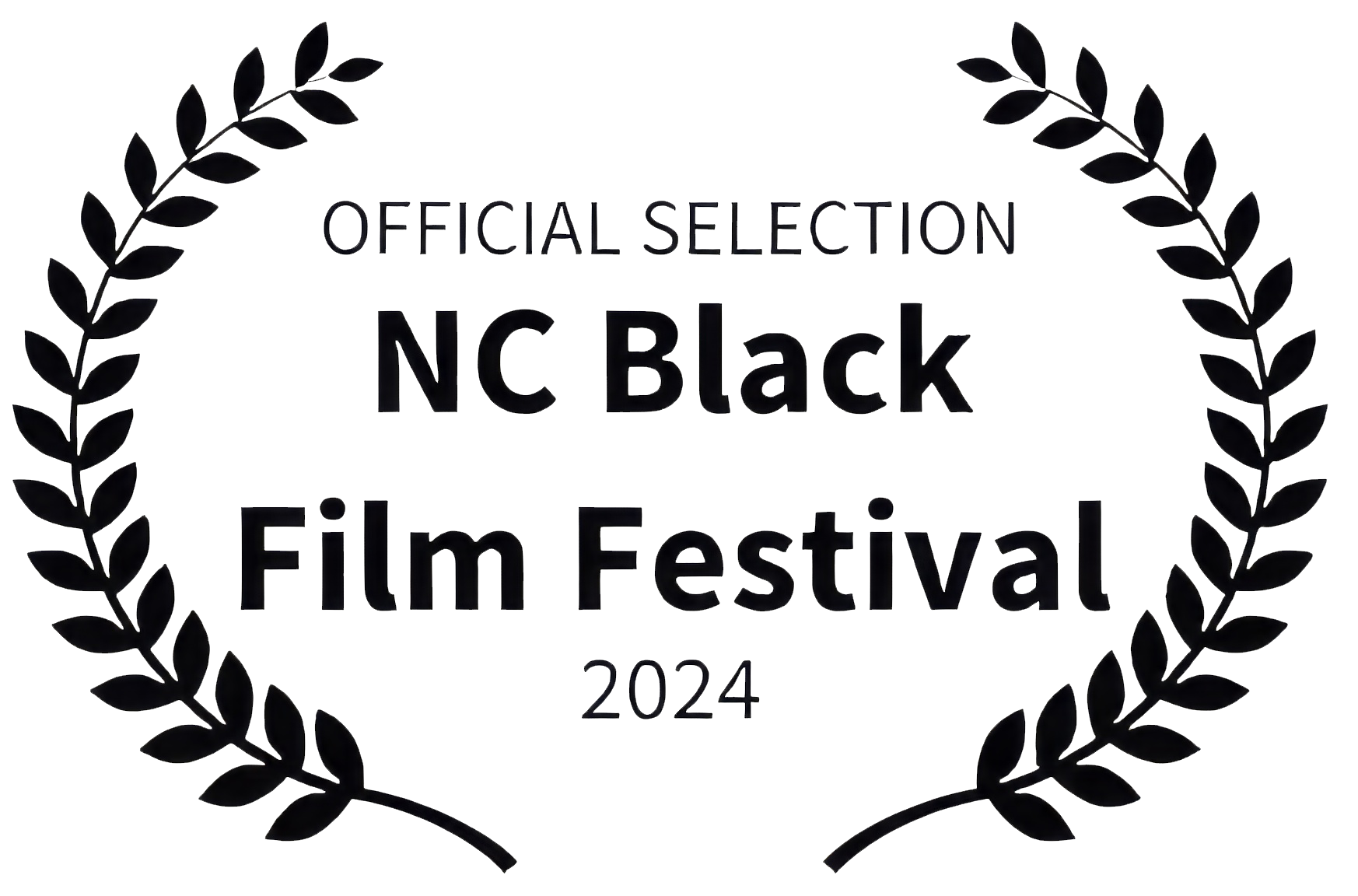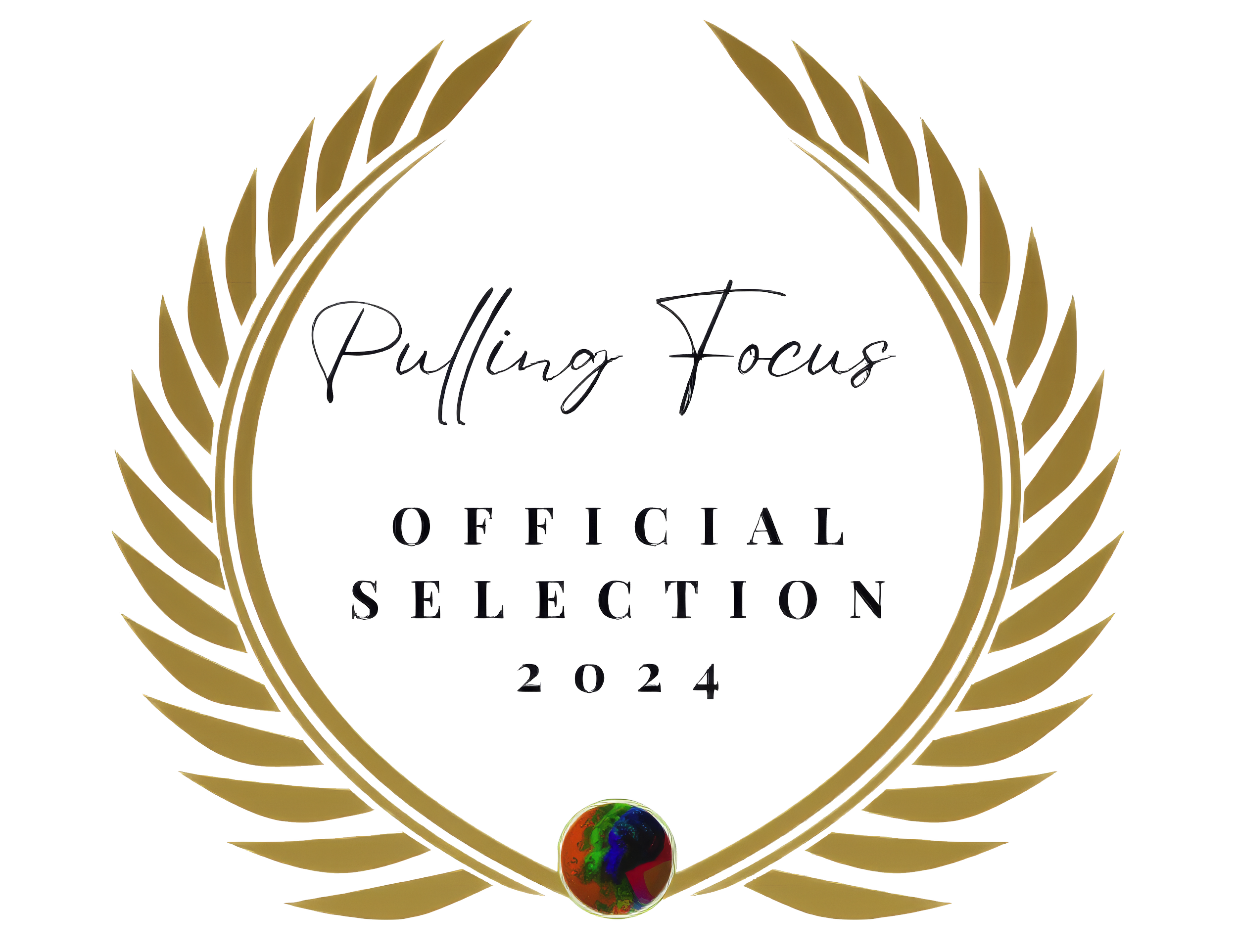Mandatory Film Scores, Vol. 2
/There has been so much positive feedback on my previous list of significant film scores—and so many suggestions to add to the list!—that a sequel was inevitable.
Here are more scores that I could easily have included in Vol. 1. They're all important in one way or another.
Malcolm Arnold
The Bridge on the River Kwai (1957): "Colonel Bogey March"
If you know the theme, you're almost certainly whistling it in your head as you read this sentence. Not so much innovative as it is indelible, the "Colonel Bogey March" sums up the odd combination of whimsy and determination that so perfectly fits—and probably serves to define—the film’s overall tone. To do all that while creating one of the great earworms of film music history is a testament to Arnold's prowess as a musical storyteller of the first rank.
John Barry
Out of Africa (1985): "Flying Theme"
Barry's score for Out of Africa conveys epic scope through simplicity. In the hands of a lesser composer, the block-chord-style accompaniment could come across as amateurish. Here, though, it lends a sense of gravitas to the straightforward melody and orchestration. Those horn lines, by turns plaintive and majestic, will stay with you for a lifetime. In 2005, the American Film Institute named this score #15 on its list of the greatest film scores of all time.
Dances with Wolves (1990): "Buffalo Hunt"
Here Barry's melodic gift shines again, in a more muscular deployment. Both of the Barry scores listed here won Grammy Awards and Oscars; taken together, they represent the composer's style at its pinnacle. Even more impressive is the fact that Dances with Wolves was the first score Barry composed after rupturing his esophagus in 1988. The injury rendered him unable to compose for two years, after which time he seemed to pick up exactly where he left off.
Elmer Bernstein
Animal House (1978): "Faber College Theme"
Hear me out on this one. Elmer was approached by director John Landis (a friend of the family), who had the idea that it would be hilarious to accompany a raunchy comedy with a serious orchestral score. "Playing it straight," in Landis's opinion, would heighten the ridiculousness of the intrepid brothers of Delta House. The studio disagreed, but Landis won the argument, and Elmer scored the picture.
Landis was right, of course. And Animal House launched yet another era of Elmer's unique, multi-faceted career. He would go on to score films like Ghostbusters, Stripes, Airplane! and others using essentially the same formula.
As an aside, Elmer was a rarity in the music world, as you can see by the photo: he conducted left-handed.
Leonard Bernstein
On the Waterfront (1954): "Symphonic Suite"
Leonard Bernstein was without a doubt the greatest musical polymath of the twentieth century. Having already achieved global acclaim on the concert stage (as conductor, composer and pianist) and on Broadway, Bernstein turned his attention to the silver screen in 1954, with his score for Elia Kazan's On the Waterfront.
The score, his lone original composition for cinema, reflects Bernstein's staggering variety of influences: from the aforementioned musical theatre to jazz, from symphonic "Americana" in the vein of his friend Aaron Copland to a more angular, aggressive idiom reminiscent of concert composers such as Igor Stravinsky.
Bernstein's eclectic approach to composing, like his multiple musical careers, was a synthesis that transcended mere pastiche. He did more than merely drop in on various styles, sign the guestbook, and leave: He made significant, lasting contributions at each point along the way. Pure brilliance.
Bruce Broughton
Silverado (1985): "We'll Be Back!" (End Credits)
Unabashedly indebted to the grand, rollicking predecessors from which it drew its inspiration, Bruce Broughton's Silverado score is Music for Westerns done to perfection: every theme, every texture, every cue is a perfect summation of its type. Broughton is unsurpassed in his mastery of traditional orchestration, and this picture served as a showcase for his craft.
Beyond mere proficiency, though, Broughton utilizes his compositional prowess to capture the soul of the genre. Other Westerns might be more important in the history of cinema, but no Western film score is more fun. Omni Music Publishing has made Broughton's score available in print form, and for aspiring film composers it, too, is mandatory.
Charles Chaplin
City Lights (1931): "The Boxing Match"
This is the first film Chaplin scored. With over one hundred cues, all composed in a six-week time span, Chaplin had significant help—Arthur Johnston wrote down what Chaplin himself described as his own "la-las," and Alfred Newman served as musical arranger. This division of labor opened Chaplin to criticism at the time; many of his critics claimed he was scoring the picture to burnish his own image.
Modern Times (1936): "Factory Scene"
Here Chaplin's compositional work is more extensive and expansive, utilizing a full 64-piece orchestra (as opposed to fewer than 30 players for City Lights). Aided again by Alfred Newman, Chaplin also worked with arranger Edward Powell and "personal score assistant" David Raksin (then 23 years old). An extensive exploration of the Modern Times score and its history may be found here.
Aaron Copland
Of Mice and Men (1939): "Opening Tune"
At the time of Copland's score, the prevailing sound and style of American film music was well-established: tonal harmony in a Romantic vein, drawing heavily from the influences of what film music historian Tony Thomas described as "The Mitteleuropa Strain" (See Max Steiner's Now Voyager, below, for an example of this style). Copland's work, then, was a challenging one for its 1939 audience.
His style—un-fussy, harmonically straightforward—proved a brilliant match for the maturing visual language of cinema, and has remained integral to the language of film music to this day. Without Copland, film scores as we know them (and Westerns in particular) would not exist.
Duke Ellington & Billy Strayhorn
Anatomy of a Murder (1959): "Main Title"
Although any collaboration between these two masters will reward careful study, the added historical significance of Anatomy of a Murder—the first significant, high-profile film score created by African Americans—makes it my selection for this list.
Here the distinction must be made between non-diegetic music (what we think of as a "film score," whose source isn't visible on-screen) and diegetic music such as dance-band numbers. The latter had been featured extensively in the years and decades prior, of course. And Ellington and Strayhorn worked together on a wide variety of music over their 25-year collaboration, creating some of the most famous compositions in jazz.
It is with Anatomy of a Murder, though, that they made cinema history.
Hugo Friedhofer
The Best Years of Our Lives (1946): "The Homecoming"
Known equally as an orchestrator and as a composer, Hugo Friedhofer fulfilled the latter role magnificently with his score to this WWII drama. Directed by William Wyler, the picture dramatizes the changes in the lives of three veterans after their experiences in the war. In contrast to the often-depressing subject matter of the picture, Wyler asked Friedhofer to create something along less like a "typical Hollywood score," and more "native and American."
The resulting optimism and emotional warmth of Friedhofer's score made it an instant success, and won him an Academy Award (over such competition as William Walton's Henry V and Georges Auric's Beauty and the Beast, among others).
Jerry Goldsmith
Chinatown (1974): "Love Theme"
Composed in ten days (after the original Phillip Lambro score was rejected), Goldsmith's Chinatown score combines elements of traditional film noir with austere, contemporary harmonic language and a smattering of avant-garde technique. It also utilizes gestures and textures evocative of Asia: the shimmering harps (four of them were used in scoring, along with four pianos) and gliding string harmonics in particular serve as subtle nods in this direction.
The picture combined some of the greatest creative forces of its day: script by Robert Towne; produced by Robert Evans; directed by Roman Polanski; starring Jack Nicholson. With this sort of firepower, combined with Goldsmith's immortal score, the picture really couldn't miss. And it didn't.
The Omen (1976) "Main Theme (Ave Satani)"
Little discussion of choral music in film has been included in these lists so far, but The Omen provides the perfect opportunity to do so. The main musical theme of the film, "Ave Satani," sets the formula for an entire generation of choral mayhem to follow: epic choir singing in Latin + apocalyptic orchestral accompaniment. As with much of Goldsmith's work, the writing is so good, so obvious-in-retrospect that it often goes under-appreciated. Critics who bash the score as trite or formulaic forget that it was The Omen that created the formula in the first place.
Goldsmith himself expressed characteristic shyness at winning the Academy Award for this score: "I didn't think it was the kind of film Academy voters would go for."
Herbie Hancock
Round Midnight (1986): "Round Midnight"
1986 was an incredibly rich year for film scores: James Horner's Aliens, Jerry Goldsmith's Hoosiers, Ennio Morricone's The Mission—all classics. Controversial, then, was Herbie Hancock's Oscar win for Round Midnight, which, according to Morricone "…was not an original score. It had a very good arrangement by Herbie Hancock, but it used existing pieces… There was a theft!" *
Nevertheless, the music for the picture features a constellation of performances by jazz greats such as Freddie Hubbard, Bobby McFerrin, Dexter Gordon, Chet Baker, and Wayne Shorter—and few film scores before or since have been as integral to the picture as this one. The music is literally born from the subject matter of the film (the jazz scene—specifically in 1950s Paris, but with global influence and implications). One example of this cinematic cross-pollination: In addition to performing on the soundtrack, Dexter Gordon played the film's protagonist, Dale Turner (a character based on a combination of jazz greats Lester Young and Bud Powell), and was nominated for an Academy Award for his performance.
*as quoted in an Adam Sweeting interview in The Guardian, February 21, 2001.
Isaac Hayes
Shaft (1971): "Theme from Shaft"
Here's a pub quiz stumper in the making: "Who was the first African-American to win an Academy Award in any non-acting category?" The answer, of course, is Isaac Hayes, whose "Theme from Shaft" won for Best Original Song in 1971. And another: The song was the first #1 on the Billboard Hot 100 to include a curse word (the infamous "…You're damn right.")
The character of John Shaft, and in particular his theme song, have become cultural shorthand for the blaxploitation subgenre of cinema. Subjected to endless quotation and parody, the original remains an artifact of the time and place in which it was created, and a testament to the durability of a powerful theme song.
Michael Kamen
Lethal Weapon (1987): "Nightclub Shootout and Street Chase"
Kamen created a unique hybrid with his Lethal Weapon scores, combining a straightforward Hollywood Action Score with significant solo thematic passages for Eric Clapton (on guitar) and Dave Sanborn (on saxophone). The extent to which these performers are featured was highly unusual for film music at the time, and represents a more popular-music version of a trend that includes scores such as John Williams's Schindler's List (Itzhak Perlman, violin) and Seven Years in Tibet (Yo-Yo Ma, cello); James Horner's A Beautiful Mind (Charlotte Church, soprano); and John Corigliano's The Red Violin (Joshua Bell, violin).
Perhaps even more impressive is the seamless blend of jazz and blues elements in those solo passages with their orchestral/symphonic counterparts (both as accompaniment to the soloists, and in surrounding cues throughout the score). Respected composers and arrangers have attempted this combination in a concert setting, often with embarrassing results. The fact that Kamen pulls it off so effortlessly, while at the same time creating an indelible musical identity for the two characters at the heart of the film, is remarkable.
Bronislau Kaper
Green Dolphin Street (1947): "On Green Dolphin Street"
Like David Raksin's "Laura" (see below), here we find a piece of film music that has become a jazz standard. Artists such as Miles Davis, John Coltrane, Eric Dolphy, Keith Jarrett, Bill Evans and countless others have performed their own version, making the tune much better known than the 1947 Lana Turner film for which it was written. Ned Washington's lyrics for the song are largely forgotten as well, as it is almost always performed as an instrumental.
Bronislau Kaper's career in Hollywood began in 1935, when he emigrated from Paris to work for MGM. He won an Oscar in 1953 for his work on the musical Lili, and scored more than 150 films during his career; however, his legacy has until recently been overlooked. The specialty music label Film Score Monthly, and its creator, Lukas Kendall, are largely responsible for the recent attention being paid to Kaper, with their releases of his scores for Them!, Lili, Home from the Hill, The Swan and others.
Anton Karas
The Third Man (1949): "Third Man Theme"
Unlike its elusive antagonist, Harry Lime, The Third Man isn’t hiding: you’re guaranteed to find it in its perennial spot at or near the top of lists of Greatest Detective Movies, Greatest Films Noirs, and/or Greatest Movies, Period. As near to a perfect film as you’re likely to find, The Third Man is also notable for its score, particularly the theme, which is played on zither by composer Anton Karas. As Andrew O’Hehir writes in Salon Magazine, Karas’s theme is “pseudo-cheerful, but… sounds more and more sinister the more you hear it.”
The story of how director Carol Reed, along with stars Orson Welles, Joseph Cotten and Alida Valli discovered Karas in the wine cellar of a Vienna bistro is worth a read in and of itself—an instant legend in the annals of film history.
Henry Mancini
Touch of Evil (1958): "Main Title"
For a film known for a single shot—the endless opening crane shot that seems to go on forever—Touch of Evil contains a multitude of outstanding elements that all too often go unheralded. Perhaps chief among them is the music, including Henry Mancini's score. Ever the pioneer, director Orson Welles laid out a meticulous plan for "worldizing" the film's musical sources, and for the use of score vis-á-vis diegetic music. Welles's comments are worth quoting at length:
"All the above music of course is "realistic," in the sense that it is literally playing during the action. For the purpose of clarity in these notes, this music will be referred to as 'background music,' as distinguished from 'underscoring,' a term which will be used to designate that part of the music which accommodates dramatic action and which does not come from radios, night clubs, orchestras or juke boxes. In other words, the usual dramatic music (used) in a picture.
This underscoring, as will be seen, is to be most sparingly used, and should never give a busy, elaborate, orchestrated effect. What we want is musical color rather than movement; sustained washes of sound rather than...melodramatic or operatic scoring."
Mancini's score eschews the more common large-scale orchestral approach for a more intimate ensemble, while preserving the sense of scope and menace necessary for the storytelling. We contemporary composers, possessed of the ability to throw dozens of virtual musicians at a scene at the touch of a button, could stand to re-visit this lesson from time to time.
Breakfast at Tiffany's (1961): Suite
Breakfast at Tiffany’s is both a classic of its genre and the ripening of a legendary Hollywood collaboration. Director Blake Edwards had worked with Mancini before, on the television show Peter Gunn, and brought Mancini on board to score the picture. Mancini created a symphonic jazz score that incorporated the melody he wrote for star Audrey Hepburn, “Moon River,” along with songlike cues for several of the other characters in the film (A side note: the studio originally wanted to cut “Moon River” from the picture, but relented at the insistence of Hepburn).
History, as it so often does, remembers the song more than the score, but both won gold at the 1962 Academy Awards (for Mancini and lyricist Johnny Mercer). Mancini’s melodically-driven, straightforward style seemed to be a perfect fit for Edwards’s cinematic sensibility, and the two would work together on numerous projects throughout their careers.
Thomas Newman
The Player (1992): "The Player"
Some composers are an open book. You can tell exactly how they arrive at the music they created; it’s that they do it so incredibly well that makes them standouts. Others—and Thomas Newman is arguably at the front of this list—are possessed of a unique musical sensibility that seems to arrive, fully-formed, with all its quirks and unpredictability intact. In the words of Danny Elfman (who is also at the top of this list), “I created a need.”
The score for The Player, Robert Altman’s satirical paean to the underbelly of the Hollywood machine, encapsulates much of what is unique about Newman’s compositional voice: use of modal harmonies; his penchant for mallet percussion, synth textures and EWI (electronic wind instrument); and his oblique creative approach to commonplace scenes (“Sex,” for example, finds him scoring a carnal scene that one might more commonly associate with lush strings, or even sultry saxophone, with—of all things—a percussion ensemble!) all strike the listener’s ears as fresh even now. Newman has spawned a thousand imitators, but—much like Stravinsky knock-offs—the imitations are always obvious. The Real Thing is the furthest thing from an open compositional book; it’s a Mystery Box full of magic.
Alex North
Cleopatra (1963): "Overture"
Alex North is often credited, alongside contemporaries such as Leonard Rosenman, as advancing film music into a more modern idiom (from the late-Romantic style that characterized the first generation of film scores). Here that advance is particularly evident: The muscular, angular theme, along with repeated staccato interjections in brass and percussion, place the music firmly in the 20th Century, even as it evokes ancient Egypt.
This level of compositional mastery is one of the reasons North was revered by his fellow composers—perhaps chief amongst them Jerry Goldsmith, who championed North's work for years after North's death. Goldsmith conducted the orchestra for a number of recordings and re-releases of North's music, including, famously, the rejected score for 2001: A Space Odyssey. If a single film composer should be promoted posthumously to the all-time "A-List," it's hard to imagine a stronger candidate than Alex North.
Basil Poledouris
Conan the Barbarian (1982): "Riddle of Steel/Riders of Doom"
Beloved by his filmmaker collaborators and his fellow composers alike, Basil Poledouris took a clever route into film music: he went to USC cinema school. There he met fellow students John Milius and Randal Kleiser, both of whom would later hire him to score their pictures.
For John Milius's Conan the Barbarian (1982; screenplay by Milius and Oliver Stone—!), Poledouris conceived an operatic score with strong themes throughout. The "Anvil of Crom" theme, for example, famously utilizes 24 horns to achieve a sound that is simultaneously colossal and timeless—an atavistic evocation of masculine aggression that serves as a perfect musical complement to Arnold Schwarzenegger's performance as the title character.
Later in the film, Poledouris quotes the 13th-century Latin hymn Dies Irae ("Day of Wrath") over scenes of the antagonist, Thulsa Doom (played by a mullet-sporting James Earl Jones; if you haven't seen this film, it's worth it for the hairstyles alone). In the immediate aftermath of the film's climax the Dies Irae returns, this time in a tender, wistful setting that belies its violent origins.
One interesting bit of trivia: Conan the Barbarian was the last major studio film to be released with a mono soundtrack.
Starship Troopers (1997): "Intro and Fed Net March"
Starship Troopers is one of several films Poledouris scored for director Paul Verhoeven (others include Flesh and Blood and Robocop). Here, as in Robocop, Poledouris's score evokes strength and heroism with just a hint of a knowing wink to acknowledge the fascist-state satire that propels the drama. The use of slightly over-the-top music for dramatic effect reminds one of Elmer Bernstein (see above); here, though, the deployment is perhaps even more pointed. Verhoeven's use of graphic violence as a vehicle for social criticism is particularly sharp-elbowed, and the score helps bring the audience along for the ride… perhaps too enthusiastically. Which, of course, is the point.
David Raksin
Laura (1944): "Main Theme"
David Raksin's career began in the earliest days of sound cinema, where he assisted Charlie Chaplin in creating the score for Modern Times (see above for more on this score). By far his best-known work is the theme from Laura, a 1944 film noir directed by Otto Preminger. The tune became a standard, with more than 400 recordings by artists including Charlie Parker, Dave Brubeck, Frank Sinatra, Carly Simon, and, more recently, Seth MacFarlane.
Though Raksin's career comprised literally hundreds of scores for film and television, none of his other works remotely approached the popularity or cultural significance of the theme from Laura.
Miklós Rózsa
Spellbound (1945): "Main Title"
It's Samuel Hoffmann's theremin performance throughout the score, sure. But there's more, much more, powering this classic film score. The gestures and textures of the dream sequence, conceived visually by Salvador Dalí, have come to define the standard "sound" of dream sequences ever since; the gorgeous and all-too-often overlooked Love Theme ranks among the very finest in film music history; the use of mallet percussion such as vibraphone and celeste presage those instruments' usage in much of the concert music of the latter 20th Century.
Craig Lysy's more detailed analysis is worth a careful read, and his recommendation of the score as a masterpiece is seconded by this author (and pretty much every serious fan of film music everywhere).
Ben-Hur (1959): "Love Theme"
Rózsa won his third and final Academy Award for this score, which is widely regarded as his finest work. Ben-Hur may, in fact, be viewed as the last great, leitmotivic score of Hollywood’s Golden Age: Rózsa employs massive orchestral forces to develop the themes which drive the score.
An excellent analysis of the themes of Ben-Hur and how they transform over the course of the picture may be found here.
Double Indemnity (1944): "Main Title"
A milestone score from Rósza: Here he exploits angularity and dissonance to reflect the film’s content—in Rozsa’s own words, “ugly people doing vicious things to each other.” While the harmonic territory is stark and often brutal, Rózsa still adheres to his use of themes: the listener can easily distinguish the Conspiracy Theme, the Love Theme, the Murder Theme, etc. even if they’re not particularly singable.
The score was not without its early detractors, the most influential of which was Paramount Pictures’s Music Director, Louis Lipstone. Lipstone wanted a more traditional score for the film, and “insulted” Rozsa’s work as “belonging in Carnegie Hall.” Director Billy Wilder defended the score—perhaps due to his good working relationship with Rózsa (they had collaborated the previous year on Five Graves to Cairo); perhaps merely out of admiration for the music—and the score stayed in. History has proven Wilder, and Rózsa, right.
Howard Shore
The Silence of the Lambs (1991): "Finale"
Always more sophisticated as a colorist than as a melodist, Howard Shore approaches the disturbing material in this thriller with a certain earthiness and distance. Woodwinds and strings create dark textures and sonorities that match the muted palette of the film. Just as the film evokes suspense and horror through a mounting feeling of dread, so does Shore avoid the "gotcha" shock chords typical of scores in the genre.
Neither as avant-garde nor as aggressive as his later mainstream horror/thriller scores (for Seven and The Cell, to name just two), the score for The Silence of the Lambs manages to evoke a wistful quality while at the same time serving the clinical nature of what is, at heart, a police procedural. In this way it is also reminiscent of Shore's work for director David Cronenberg, particularly the film Dead Ringers.
Max Steiner
Now, Voyger (1942): "Main Theme/Love Theme"
As World War II raged throughout Europe and Asia, the Hollywood studio system kept busy on the home front, cranking out pictures in greater volume than ever before. First-rank Hollywood composers were compelled to work long hours on short schedules—all of which makes the creation of scores of the caliber of Now, Voyager something of a minor miracle.
Steiner won the Academy Award for this score, which is a wonderful distillation of his style: lush, chromatic, melodically-driven, and unrepentantly Romantic. To listen to Now, Voyager with 21st-century ears is to realize how far we've come as an audience: music that now sounds overt and melodramatic was then considered a necessary support element (a holdover from the dramatic "heavy lifting" expected of film scores in the Silent Era; or perhaps an artifact of late-Romantic period opera music).
Much like attending a Shakespeare play, it takes a certain amount of mental flexibility to fully appreciate a score like Now, Voyager for what it is: a brilliant exemplar of a style long past.
Dimitri Tiomkin
High Noon (1952): "High Noon Theme"
Another case of the song outlasting the score. Here it’s “Do Not Forsake Me, Oh My Darlin’” that has persisted across the decades, helped along the way by popular recordings by Frankie Laine and Tex Ritter (who performed the song in the original film soundtrack). The main title theme pervades nearly the entire score, as the film marches toward its inevitable climax (the arrival of the noon train), assisted along the way by a rhythmic ticking motive in the strings. The score is essential in creating the dramatic tension that drives the entire picture; without it, the train station’s clock is… well, just a clock.
High Noon stands atop an impressive list of Western scores by Tiomkin: The Alamo, Gunfight at the O.K. Corral, Red River, Rio Bravo and others. It is Tiomkin’s finest in the genre, and arguably his overall masterpiece (though Classic FM disagrees).
Franz Waxman
Sunset Boulevard (1950): Suite
Ranked #16 on AFI's 2005 list of Top 100 film scores, Sunset Boulevard evokes the decayed, perverse underside of Hollywood's Golden Age with a deftness that ranks this score as among his finest—no mean feat, considering the competition: Bride of Frankenstein, Rebecca, The Philadelphia Story, Peyton Place, Captains Courageous and dozens more.
Sunset Boulevard's unflattering portrayal of the studio system required a score that reflected the opulence and glamour of a classic Tinseltown fable, while at the same time hinting at the dark psychological undercurrents that drive the film's narrative. Waxman's score achieves both by turns; its characterization of Norma Desmond, the demented silent actress at the heart of the picture, is somehow both grandly operatic and unflinchingly intimate.



























